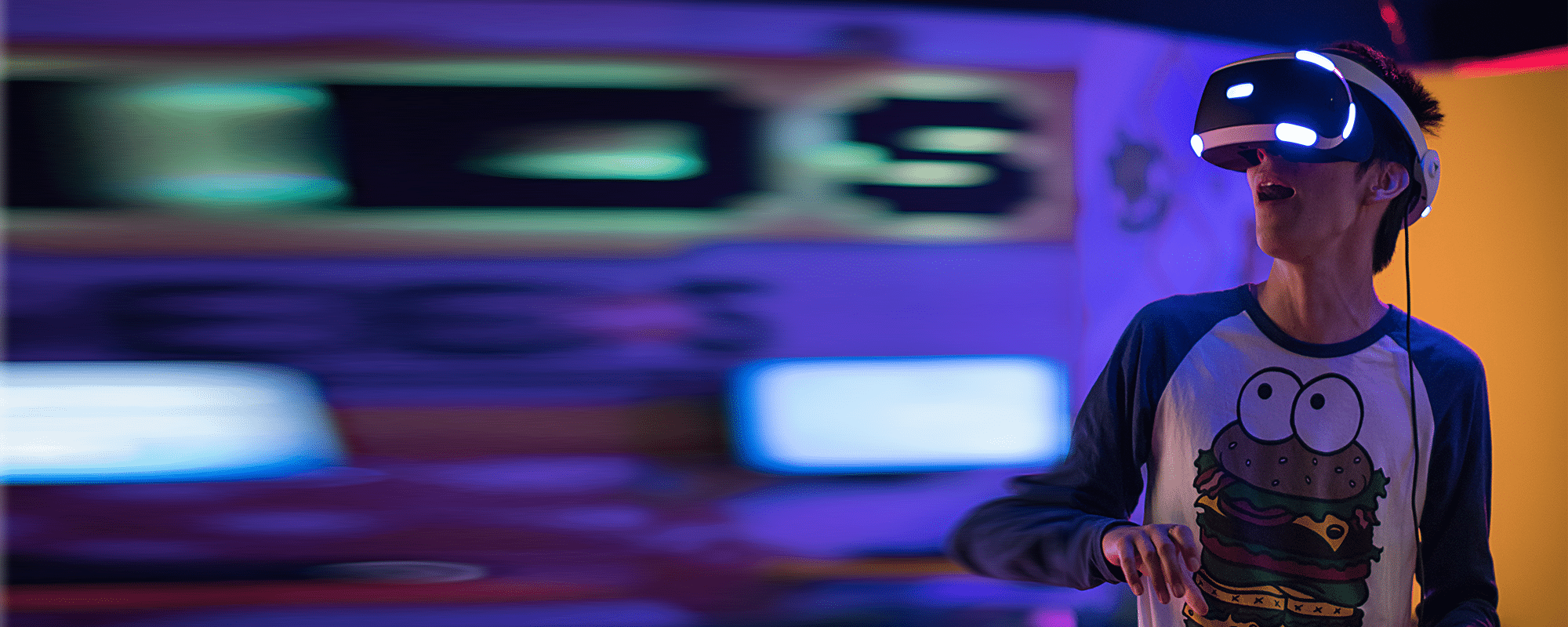As the coronavirus pandemic has forced many artists to leverage new technology to sustain their work, many have begun to examine the intersection between tech and the arts. With the recent release of the National Endowment for the Arts’ publication Tech as Art: Supporting Artists Who Use Technology as a Creative Medium, I decided to take this opportunity to reflect on how the nation’s arts sector may proactively invest in administrative and programmatic digital cultures. If we do not engage these developments, we block organic evolution, invite future forced adaptation (likely painful), and deny access to both preparation and beauty.
59.5%
92.6%
3.6 Billion
Data accessed from Statista.
Where We Can Focus Attention
Presentation platforms
While prominent platforms such as YouTube, Instagram, TikTok, Netflix, Zoom, and more, have built tantalizingly large audiences, they are accompanied by vulnerabilities.
These companies are fundamentally incorporated to increase shareholder value first, and can unilaterally change terms of use to benefit the corporation. Plus, their fine-print intellectual property disclaimers can be violated in easy cut-and-paste keystrokes, allowing credit-less appropriation to flourish. The centrality of these platforms, which have seen limited regulation, means that as any one of them becomes corrupt or dysfunctional as an intermediary link, the chain between artist and audience is broken.
- Focus question: How can we advance intellectual property policy development, support digital archiving efforts, or buttress presentation platforms where benefiting the public good is the virtue and aspiration?
Infrastructure investments
Resourcefulness and duct tape have held together nonprofit cultural organizations, allowing them to keep facilities and equipment in good working condition over decades. But these no longer suffice as maintenance strategies.
Software services are moving to the cloud, and cybersecurity requires more enhanced, costly vigilance. Forced obsolescence of computers, mobile devices, and other digital equipment—a dismaying, wasteful, and intentional strategy of tech companies—means that organizations will perpetually have hardware expenses as opposed to enjoying the financial freedom of outright, long-term ownership.
- Focus questions: How do we 1) calculate the cost of running a digitally sophisticated and secure arts enterprise, and share standards with stakeholders; 2) invest in co-ops that reduce costs of software, hardware, and tech support; and 3) advocate for environmentally responsible creation, refurbishment, and recycling of digital equipment?
Digital leadership development
Many arts leaders and entrepreneurs started out as interested community members, but learned to adapt their leadership in order to better serve their organizations.
A similar pivot to a digital framework is needed. Those same leaders need support in understanding how to run an artistic enterprise in a digitally networked world. Related mindset shifts go beyond adding digital qualifications to job descriptions, or making sure equipment is sound. Instead, the shifts are about leaders visioning in code, designing community engagement for an amorphous online audience, and creating media and platform-fluid experiences that generate reliable revenue.
- Focus questions: How might a national arts service organization offer specialized digital leadership continuing education services or fellowships? How can digital job functions or positions be standardized across our field to create a new professional community of practice?
Artistic excellence
Given that digital artists compulsively assimilate new or decommissioned tech, the evaluation of such work needs to be guided by rubrics or professionals well-calibrated to evaluating edge contemporary culture. Within traditional forms, curators, artist peer networks, and well-researched publications have been targets of investment given their abilities to advance a creative discipline. Those tactics can be models for new media investments too.
Such investments are likely to cultivate important spaces in which artists converge to celebrate difference, emergence is recognized, and a baseline field ethos is cemented.
- Focus questions: How can networks for digital artists and presenters be nurtured? How can government agencies, higher education, or philanthropies spotlight tech mavericks and masters as community resources?
Digital identity
Many arts organizations have defined themselves by their physical identity: their facilities or geographical locations. But as more programming moves online and competition for audiences becomes national, organizations face sustainability challenges and will feel pressure to re-imagine their value proposition.
Organizations may need to investigate their ability to 1) offer niche art services to a globally connected online audience, 2) understand their locale’s lifestyle and reflect it digitally, or 3) create a new target audience exclusive to online space and market to it specifically.
- Focus questions: How can service organizations help arts groups restrategize and rebrand with an emphasis on digital engagement? How can funders recalibrate and communicate expectations of success that do not privilege geographic reach or viewership metrics or clicks?

The opportunities to do dazzling artistic work these days are as abundant as ever. With a little proactive and coordinated attention by our country’s infrastructure of arts agencies, philanthropies, and advocates supporting creative expression, we can benefit from the work of artists and cultural producers in ways that we have only ever dreamed.
Omari Rush
Executive Director, CultureSource
This article was originally published by the National Endowment for the Arts, along with other essays by regional arts leaders, as part of their Tech + Arts field scan.


